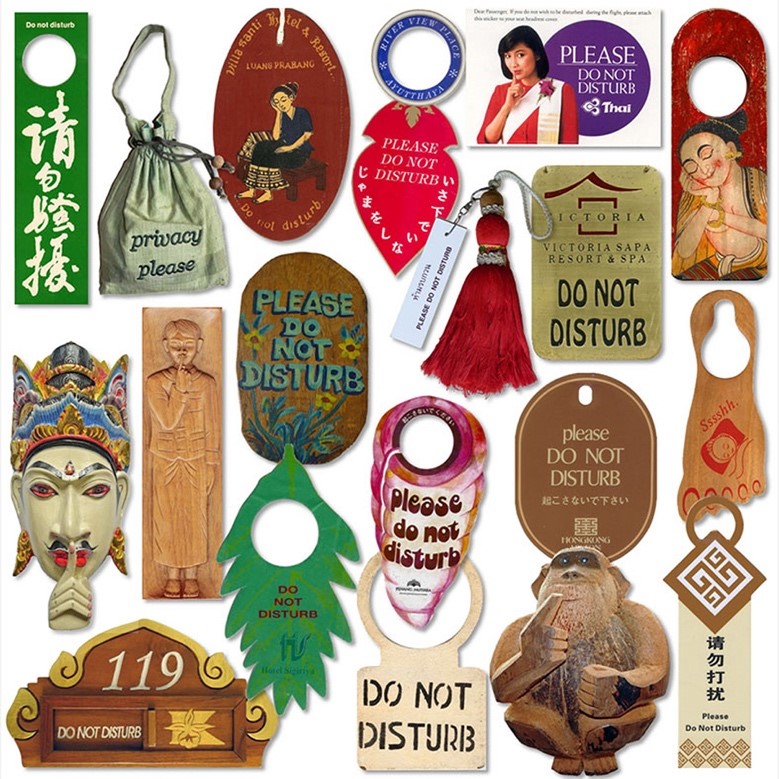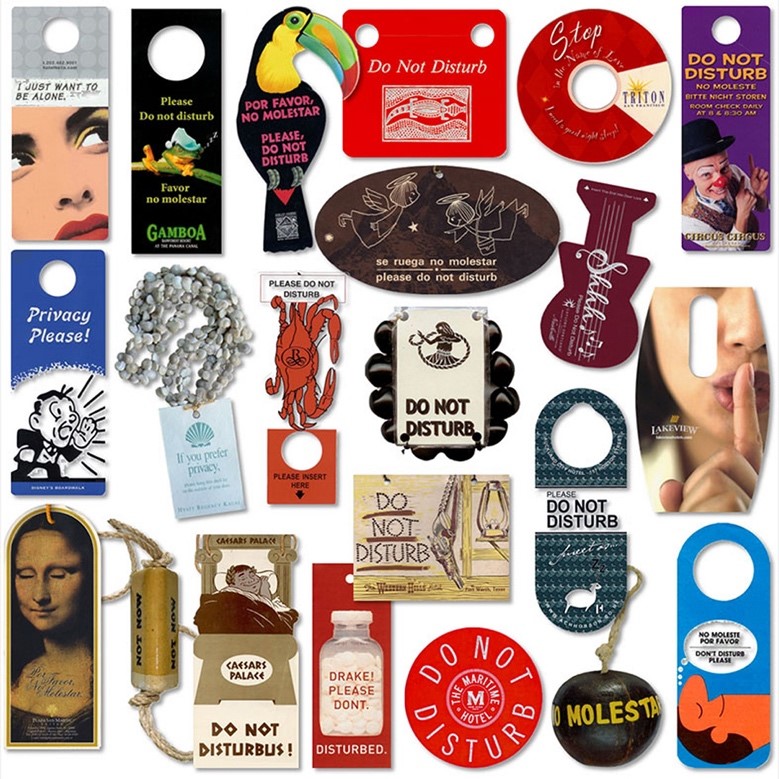INTRODUCTION
The concept of tourism has evolved throughout history, notably with the Grand Tour in the 17th and 18th centuries, where wealthy young European men traveled to broaden their cultural horizons. Until the 19th century, popular tourist destinations were almost exclusively the playground of the wealthy who could afford the time away and expensive cost of travel. Thomas Cook is popularly regarded as the father of modern tourism. He began to offer affordable excursion tours to popular destinations in Europe and beyond. Today, tourism is one of the world’s most rapidly growing industries thanks to higher spendable income, increased leisure time and falling costs of travel.
The evolution of hotel accommodation has been a gradual process, starting from basic lodging facilities in the 19th century to the modern day luxury hotels. The use of "Do Not Disturb" signs became more common as hotels sought to provide a consistent and recognizable way for guests to indicate they did not want to be disturbed. A hotel "Do Not Disturb" (or DND) sign is a notice usually hung on the outside door knob indicating whether the room is occupied or available for service.
THE ORIGINS
Nobody knows when or where “Do Not Disturb” signs originated. There has been no recorded history of it or whoever invented it. Judging by some of the older signs that survive to this day, we can assume that the first widespread use was likely in the early 20th century, mainly in the United States and Europe, particularly by the more prestigious hotels where discretion was the better part of value. Nowadays they are commonly found on doorknobs in almost every hotel around the world.
VARIED STYLES and MATERIALS
DND signs are made in various shapes and materials and feature different designs, logos, and languages The most common are made of paper or card. Others are made of plastic, wood, fabric, leather, brass and other materials. Over time, the design and materials used for DND signs have evolved, but the basic purpose remains the same: to provide guests with privacy and convenience while staying at the hotel.
In recent years, some hotels have become more creative and use eye-catching signs to distinguish them-selves, express their personality and appeal to image-conscious guests, making them attractive collectables.


AROUND THE WORLD
Do not disturb signs are a common feature in hotels around the world. While the basic message is usually the same, the design and language can vary widely from one country to another. Some hotels have creative and unique signs that reflect the local culture or the theme of the hotel. However, the universal message is to inform hotel staff to respect guest privacy and comfort.
Do not disturb signs in Asia are often quite distinctive, reflecting the unique cultures and traditions of the region. They are also a way for hotels to showcase their cultural heritage and creativity. Here you can see a selection of DND signs from India:
https://www.flickr.com/photos/11068524@N04/albums/72157627098457609/
And here others from the rest of the world:
https://www.flickr.com/photos/11068524@N04/collections
COLLECTING "DO NOT DISTURB" SIGNS
People collect a wide variety of items and some collections can be quite unusual. Collecting hotel "Do Not Disturb" signs is a relatively new hobby, but it is one that is growing in popularity. There are currently only a handful of known collectors worldwide who attach a special value to these items. For some it started as a form of souvenir collecting, as a reminder of their travels and experiences at different hotels.
